Introduction
In the realm of traditional Chinese cuisine, congee, or rice porridge, holds a special place. It is not merely a meal but an embodiment of comfort, nourishment, and cultural heritage. Among the myriad varieties of congee, Silver Ear and Lotus Seed Congee stands out for its elegance, taste, and health benefits. This delicate dish combines the gelatinous texture of silver ear (Tremella fuciformis), also known as white jelly mushroom, with the nutty sweetness of lotus seeds, creating a harmonious blend that soothes the soul and rejuvenates the body. However, achieving the perfect Silver Ear and Lotus Seed Congee requires meticulous attention to detail, particularly in terms of cooking time. This article delves into the intricacies of preparing this dish, focusing on how long it should be cooked to unlock its full potential.
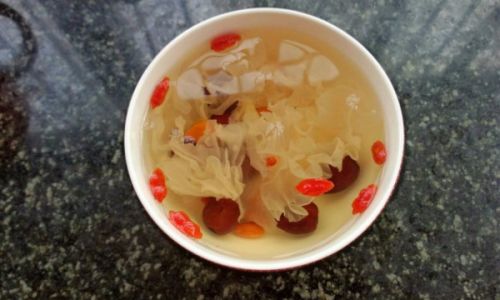
Understanding the Ingredients
Before diving into the cooking process, it’s crucial to understand the unique properties of the main ingredients: silver ear and lotus seeds.
Silver Ear (Tremella fuciformis)
Silver ear, often referred to as ‘white jelly mushroom’ or ‘snow ear’ in English, is a type of edible fungus native to China. It has been used in traditional Chinese medicine for centuries due to its perceived ability to nourish the lungs, moisturize the skin, and enhance the immune system. Its translucent, jelly-like appearance and mild flavor make it an ideal addition to soups, desserts, and, of course, congee.
When preparing silver ear for congee, it’s important to soak it in water until it softens and expands, which can take several hours or overnight. This process helps to release its natural gelatin, contributing to the silky texture of the final dish.
Lotus Seeds
Lotus seeds, derived from the lotus plant, are small, nutritious kernels enclosed within a hard shell. They are known for their sweet and slightly nutty flavor, as well as their ability to promote digestion, reduce inflammation, and support heart health. Like silver ear, lotus seeds should be soaked before cooking to soften them and enhance their flavor.
The Importance of Cooking Time
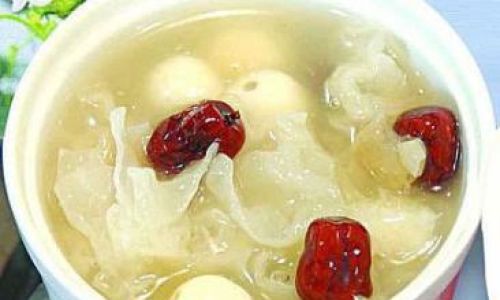
The cooking time for Silver Ear and Lotus Seed Congee is crucial as it directly affects the texture, flavor, and nutritional value of the dish. Here’s a detailed breakdown of the cooking process and the role of time in each step.
Preparation and Soaking
The journey begins with the preparation of the ingredients. Both silver ear and lotus seeds need to be soaked separately in clean water. For silver ear, a soak time of 3-4 hours or overnight is recommended to ensure it becomes fully hydrated and tender. Lotus seeds, on the other hand, can be soaked for about 2 hours. Soaking not only softens the ingredients but also helps them cook more evenly and release their flavors more fully.
Rinsing and Cleaning
After soaking, both ingredients should be rinsed thoroughly under running water to remove any impurities or excess starch. This step is particularly important for silver ear, which can sometimes have small pieces of dirt or debris attached.
Cooking the Base
The next step is to cook the rice base of the congee. Typically, short-grain rice like japonica or glutinous rice is used because it produces a creamy, sticky texture. Rinse the rice under cold water until the water runs clear, then add it to a pot with a sufficient amount of water (usually a 5:1 ratio of water to rice). Bring the mixture to a boil, then reduce the heat to low and let it simmer.
Adding the Ingredients
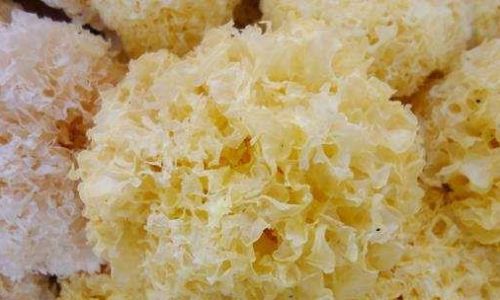
Once the rice has started to break down and the congee has thickened slightly, it’s time to add the soaked and rinsed silver ear and lotus seeds. At this point, you can also add other optional ingredients like dried red dates, goji berries, or a touch of honey or rock sugar for added sweetness and nutritional benefits.
Simmering to Perfection
Here’s where the magic happens: simmering. The key to perfect Silver Ear and Lotus Seed Congee lies in the length of simmering. Ideally, the congee should simmer gently on low heat for at least 2-3 hours. This extended cooking time allows the rice starches to fully break down, creating a smooth, velvety texture. It also ensures that the silver ear and lotus seeds become tender and infuse their flavors into the congee.
During this period, it’s important to stir the congee occasionally to prevent sticking and to ensure even cooking. If the congee becomes too thick, you can add a little more water. Conversely, if it’s too thin, continue simmering uncovered to allow some of the liquid to evaporate.
Final Touches
After the 2-3 hours of simmering, your Silver Ear and Lotus Seed Congee should be ready. The rice should have broken down into a creamy consistency, the silver ear should be translucent and tender, and the lotus seeds should offer a subtle nutty crunch. At this point, you can taste the congee and adjust the sweetness if necessary with additional honey or rock sugar.
Serving and Enjoying
Serving Silver Ear and Lotus Seed Congee is as much an art as preparing it. The dish is traditionally enjoyed warm, often as a breakfast or a light meal during colder weather. It can be garnished with a sprinkle of chopped nuts, a drizzle of sesame oil, or a few fresh herbs like cilantro for added flavor and texture.
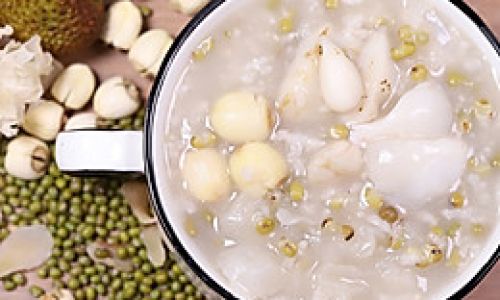
For those looking to enhance their congee experience, pairing it with dim sum or light appetizers like steamed dumplings or pickled vegetables can create a delightful meal. Additionally, this congee can be served chilled as a dessert, with a dollop of whipped cream or a sprinkle of toasted sesame seeds for a refreshing twist.
Nutritional Benefits and Health Considerations
Beyond its culinary appeal, Silver Ear and Lotus Seed Congee boasts numerous health benefits. The combination of ingredients is rich in antioxidants, vitamins, and minerals that support skin health, digestion, and immune function. However, it’s important to note that the high starch content of the rice base may not be suitable for individuals with diabetes or gluten sensitivities. In such cases, alternative grain bases like quinoa or millet can be used.
Conclusion
In conclusion, mastering the art of Silver Ear and Lotus Seed Congee requires patience, attention to detail, and an understanding of the unique properties of each ingredient. The cooking time, in particular, plays a pivotal role in achieving the perfect balance of texture, flavor, and nutrition. By soaking the ingredients properly, simmering gently for an extended period, and adjusting the sweetness to taste, you can create a dish that is not only delicious but also deeply nourishing.
Whether enjoyed as a comforting breakfast, a light meal, or a refreshing dessert, Silver Ear and Lotus Seed Congee offers a harmonious blend of flavors and textures that celebrate the essence of traditional Chinese cuisine. Its preparation is a testament to the wisdom of ancient cooking practices and the ongoing evolution of culinary art. So, the next time you set out to make this dish, remember: the journey to perfection lies in the details, and the magic happens over the course of those gentle, simmering hours.
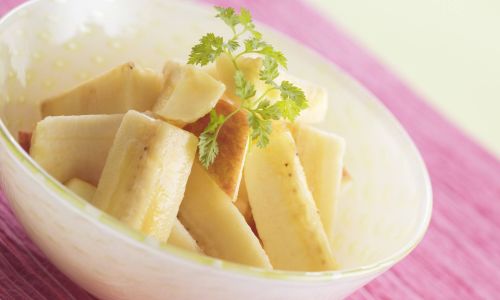
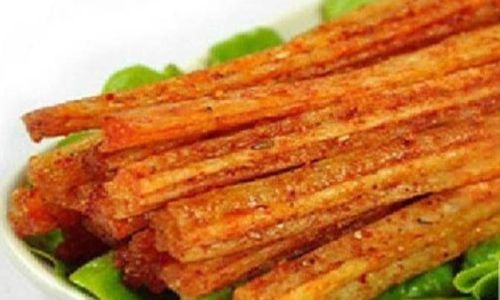
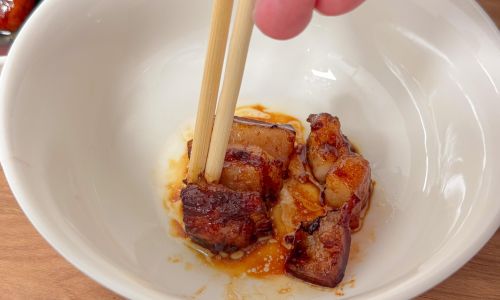
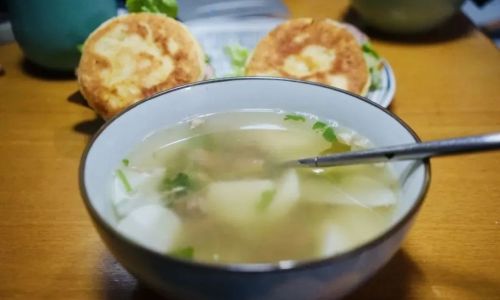
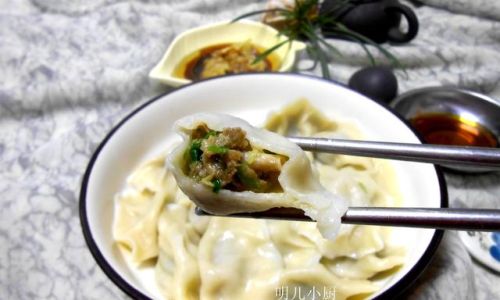
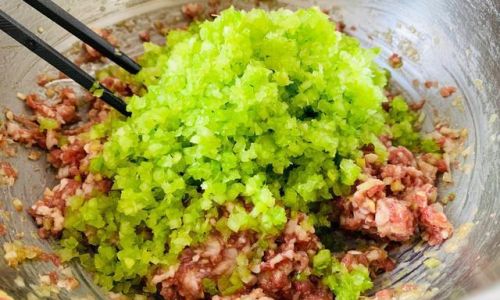
0 comments